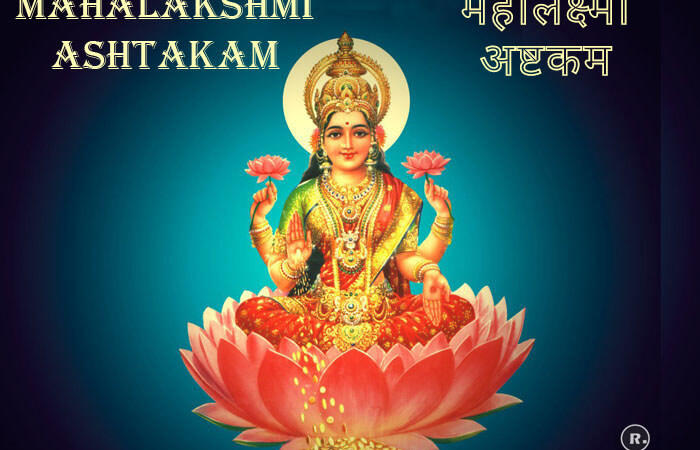Trimurti – Brahma, Vishnu and Shiva

Hinduism comprises three major supreme deity Shiva, Vishnu, and Shakti (also called Devi). Hinduism being the oldest religion in the world invites worship of more than one god including Shiva, Vishnu, Shakti, Ganesha (the elephant god), and Surya (the sun god) among other gods and goddesses.
Trimurti (three forms) is a concept in Hinduism “in which the cosmic functions of creation, maintenance and destruction are personified by the forms of Brahma the creator, Vishnu the maintainer, preserver or protector, and Shiva the destroyer or transformer.
These three deities have also been called the Hindu triad or the “Great Trinity”, all having the same meaning of three in One. They are the different forms or manifestations of One person the Supreme Being. The main Hindu Trinity consists of Brahma the Creator, Vishnu the Preserver, and Shiva the Destroyer.
Brahma is the creator god in the Trimurti of Hinduism. Brahma is often credited as the creator of the universe and various beings in it, several Puranas describe him as being born from a lotus emerging from the navel of the god Vishnu.
Other Puranas suggest that he is born from Shiva or his aspects. Brahma is traditionally depicted with four faces and four arms. Each face of his points in a cardinal direction. His hands hold no weapons, rather symbols of knowledge and creation. On one hand, he holds the sacred texts of Vedas, in the second he holds mala (rosary beads) symbolizing time, in the third he holds a ladle symbolizing means to feed the sacrificial fire, and in fourth a utensil with water symbolizing the means where all creation emanates from. His four mouths are credited with creating the four Vedas. He is often depicted with a white beard, implying his sage-like experience. He sits on a lotus, dressed in white (or red, pink), with his vehicle (vahana) – Hansa, a swan or goose – nearby.
Vishnu is the preserver or the protector, whenever the world is threatened with evil, chaos, and destructive forces. His avatars are Krishna in the Mahabharata and Rama in the Ramayana.
He is the Narayana, Jagannath, Vasudeva, Vithoba, and Hari. Vishnu is usually depicted as having a dark, or pale blue complexion and having four arms. He holds a Padma (lotus flower) in his lower left hand, Kaumodaki Gada (mace) in his lower right hand, Panchajanya shankha (conch) in his upper left hand, and the Sudarshana Chakra (discus) in his upper right hand. A traditional depiction is Lord Vishnu reclining on the coils of Ananta, accompanied by his consort Devi Lakshmi, as he “dreams the universe into reality“
Shiva is the destroyer and transformer, Shiva is the Supreme being who creates, protects, and transforms the universe. In the goddess tradition of Hinduism called Shaktism, the goddess is described as supreme, yet Shiva is revered along with Vishnu and Brahma. A goddess is stated to be the energy and creative power (Shakti) of each, with Parvati the equal complementary partner of Shiva.
The main iconographical attributes of Shiva are the third eye on his forehead, the serpent around his neck, the adorning crescent moon, the holy river Ganga flowing from his matted hair, the trishula as his weapon, and the damaru. Shiva is usually worshipped in the aniconic form of Lingam.
Suggested Read: Lord Shiva Aarti, Shiv Chalisa






